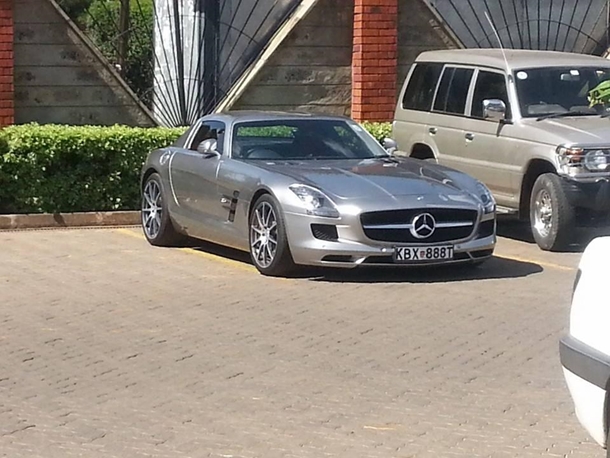- SGR cargo from the port of Mombasa to Nairobi is now being ferried on double-stacked trains.
- The 2.7 kilometre bridge linking the port to the Mombasa SGR terminus has also started operations
- An imported car will now be able to reach Nairobi without being driven for a single kilometre
The transportation of cargo on the Nairobi-Mombasa Standard Gauge Railway line has received a massive double boost.
In a move that will excite importers, exporters and consumers, the Kenya Ports Authority (KPA) started ferrying cargo on double-stacked trains from the port of Mombasa to the Inland Container Depot in Nairobi on Sunday, September 30.
Under the new form of freight transport, trains on the line will now carry two layers of cargo containers.
In yet another development that will further boost business at the port, the 2.7 kilometre bridge linking the port to the Mombasa SGR terminus has also started operations, becoming the first SGR bridge that crosses the Indian Ocean.
The activation of the line will now ease movement of bulky and heavy goods such as coils, steel cars and iron to the train station.
This essentially means that KPA will no longer use road trucks to feed goods from ships to the rail, a move that is expected to lower transport cost and accelerate the movement of goods.
Imported cars destined for regions other than Mombasa, and which used to be ferried out of the port via trucks, will now be ferried via the SGR wagons which have already started loading directly from the ship.
SGR testing double decker cargo cars @KResearcher pic.twitter.com/fjk9C92LZ6
— Sewe Saldanha (@ClanSewe) October 1, 2018
The port berths are connected to the SGR terminus via a road and KPA has previously been offloading goods via cranes and transporting them via trucks to the SGR line, amounting to double work in terms of loading and offloading.
David Arika, the SGR Project Manager at the port, noted that more than 200,000 imported cars would now be ferried by the SGR through the Port Relief Line one and two.
He said the two lines, which cover a total of 4.9 kilometers with a total loading capacity of 400 wagons, would feed the SGR with more than nine million tons of cargo at the port.
According to the KPA’s Head of Corporate Affairs, Bernard Osero, the new SGR bridge line that is at the containerised side of the port will now be carrying more goods from the ships.
He exudes confidence that ferrying vehicles via SGR would be cost effective to many Kenyans and other port users.
“If you want your car the same way you bought it from the port of origin, for example in Japan, it will arrive in Nairobi in the same condition because it will not have been driven. The car will be driven on the ram from the ship to the wagon,” added Osero.
Currently, there are eight trains ferrying cargo a day, up from the initial one, with the number set to rise to 12 by December 2018.
SOURCE: tuko.co.ke





![Here are some of the best tuned cars in kenya by state of the art garages [PHOTOS]](../../../blog/wp-content/uploads/2013/11/29402_10151301757042065_340470732_n-e1384498044289.jpg)


![Top 20 Used Cars to Avoid Buying in Kenya – [PHOTOS]](../../../blog/wp-content/uploads/2013/11/top-used-unreliable-cars-to-avoid2-100x70.jpg)



